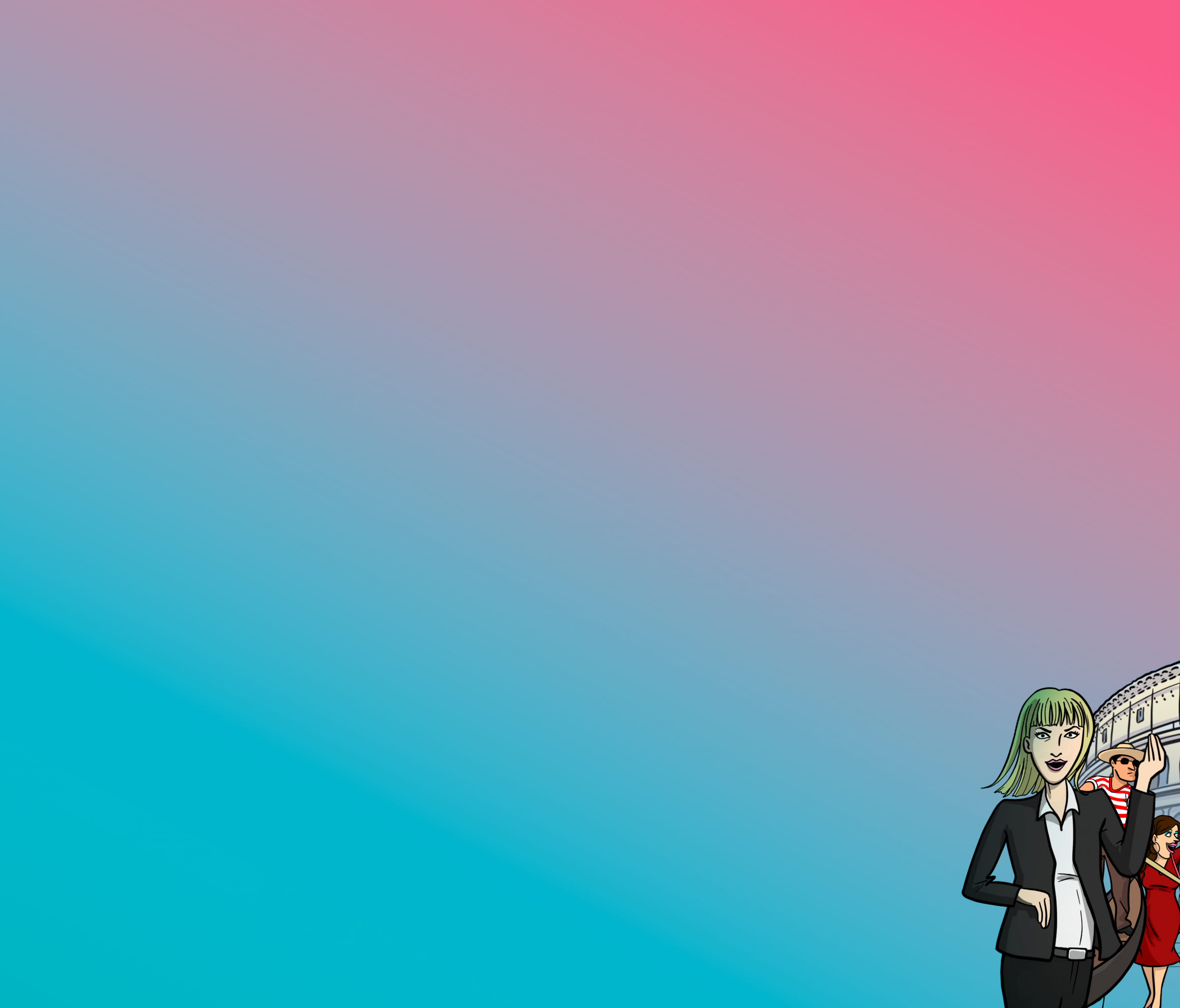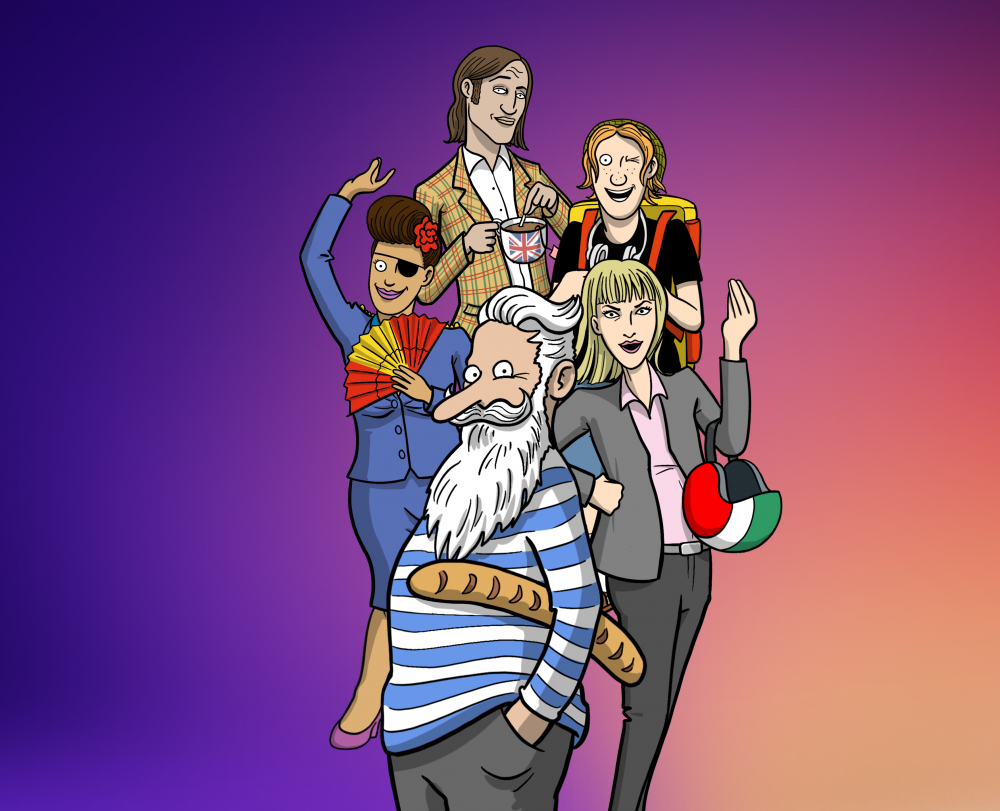The apostrophe
We replace the final letter of a word with an apostrophe when the following word starts with a vowel or an h, so that the word sounds more natural when we pronounce it.
la + amica → la'amica → l'amica
the (female) friend
lo + amico → lo'amico → l'amico
the (male) friend
We drop the final a and use an apostrophe in its place when using the indefinite article una (a, an). We never use an apostrophe with the masculine form, un (a, an).
un'amica, un amico
a (female) friend, a (male) friend
un'arancia, un albero
an orange, a tree
The following expressions behave like the indefinite article, with an apostrophe in the feminine form only.
qualcun'altra, qualcun altro
someone else (masculine, feminine)
nessun'altra, nessun altro
nobody else (masculine, feminine)
We also write qualcos'altro (something else) with an apostrophe, although in other cases, qualcosa (something) is not shortened in this way.
- Vuoi qualcos'altro da mangiare? - No, grazie.
-Do you want anything else to eat? -No, thanks.
Notes:
- Question words like dove (where), quando (when), come (how) and cosa (what) followed by the verb è (he/she/it is) can be written with or without an apostrophe but are written with one more often than not. Qual (which) is written without an apostrophe.
Dov'è la banca? / Dove è la banca?
Where is the bank?
Qual è la strada più breve? / Quale è la strada più breve?
Which is the shortest route?
- Apostrophes are also used in other words, including some imperative forms, where they replace the final letter.
un poco → un po'
a little
vai → va'
you go → go
fai → fa'
you do → do
Still facing difficulties with 'The apostrophe'? Enhance your grammar and learn Italian through our online Italian lessons.
Start with a free test and improve today!
What our users say:
Improve your Italian further and test Saga Baldoria, online Italian course.

